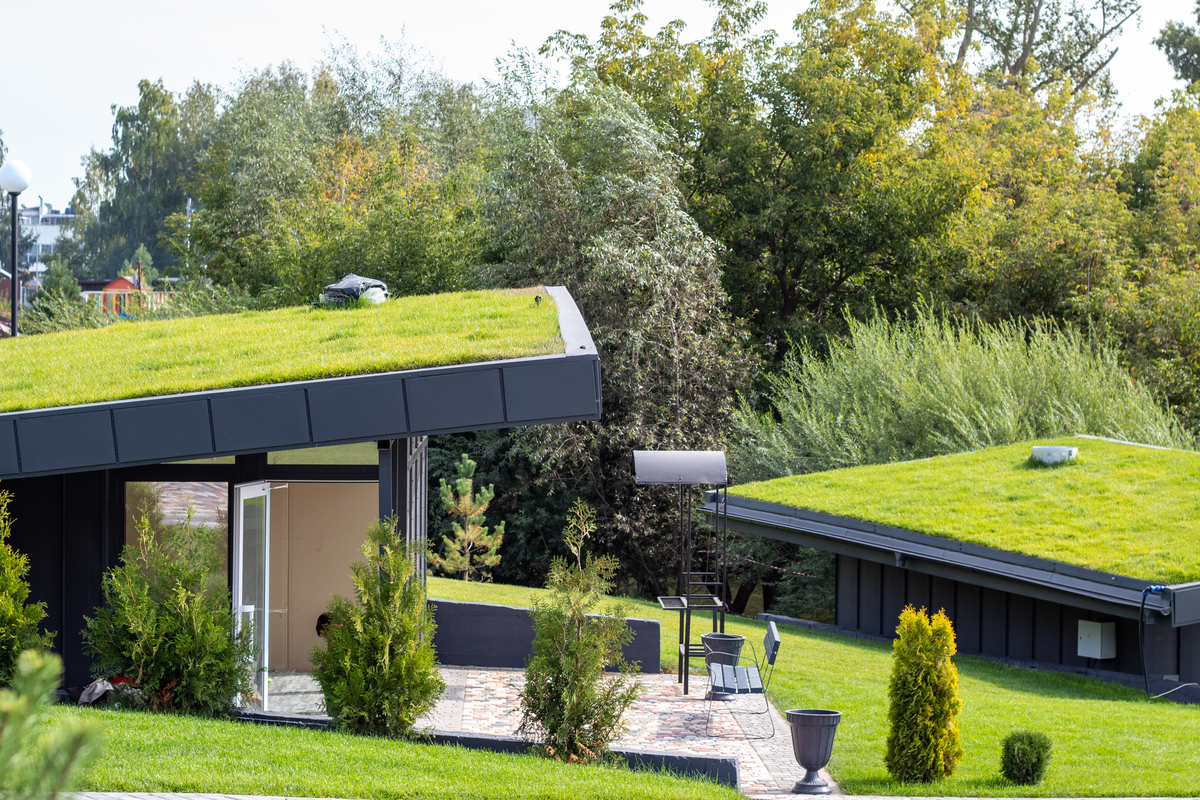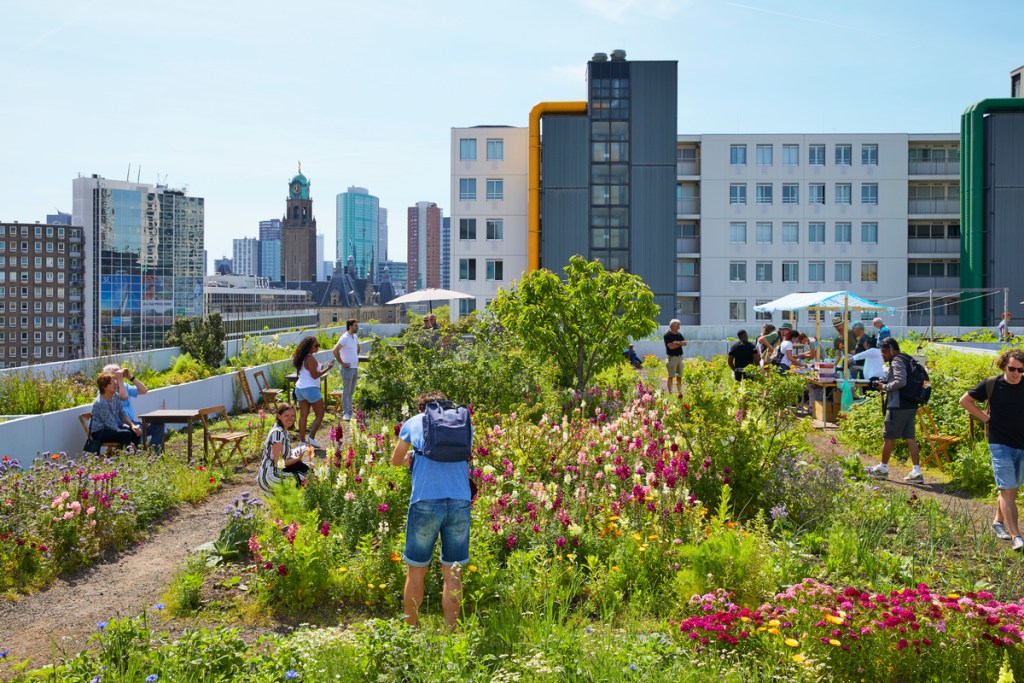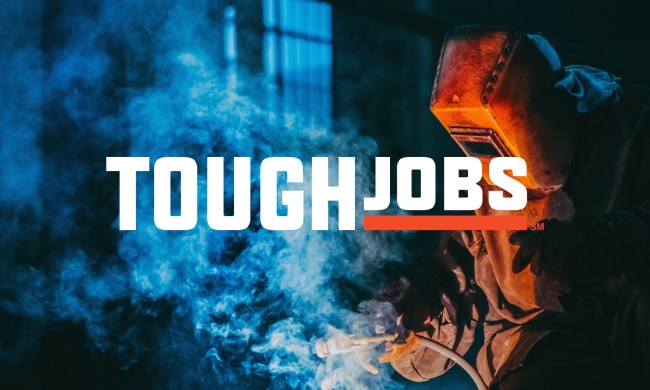If you live in or have visited a more progressive city, you probably have seen at least one example of a green roof. The term “green roof” carries a double meaning. They’re “green” because they’re literally green and house greenery, such as grass, plants, or algae. However, green roofs are also “green” in the eco-friendly sense.
Green roofs trace back to the Hanging Gardens of Babylon in 500 B.C. The modern, layered-design approach to green roofs was developed in Germany in the 1960s. Installing a green roof is a complex process and involves more than throwing some soil and vegetation on your roof. The layered approach to green roof construction involves layers of fabrics, drainage plates, and mats that are then topped with growing soil.
If you’re thinking about installing a green roof on your home or business, here are some essential points to consider.

What are the benefits of a green roof?
Green roofing provides benefits to both the homeowner and business owner and the environment and community.
Homeowner and business owner benefits
There are many benefits to installing a green roof on your home or business. Some of the top benefits are as follows:
- The added insulation and protection from the elements reduce energy costs.
- The added layer of vegetation absorbs sound, making it quieter inside.
- The layer of soil acts as a fire retardant, making structures less flammable overall.
- Green roofs increase the value of homes or businesses through curb appeal
- With less need for heating and cooling, the HVAC systems depreciate at a slower rate
- Green roofs can qualify homes or businesses for Leadership in Energy and Environmental Design credits, which can financially assist with the installation and maintenance of the roofs.
Environmental and community benefits
Many of the green roofing benefits that business owners and homeowners enjoy also branch out to help the surrounding community and environment.
- With less heating and cooling equipment in use, buildings have a reduced total carbon footprint
- In urban areas, green roofs cut back on the overall amount of heat conducted by buildings.
- Buildings with more complex green roof systems require more maintenance, creating more jobs.
- Communities can use green roofs as gathering and event areas.
- The additional vegetation green roofs incorporate into the community helps reduce smog and other pollutants.
- Green roofs produce less storm drain runoff, which reduces sewer waste costs and helps prevent flash floods.
- Green roofs are a great way to recycle and repurpose other materials.
- In urban areas, green roofs can be a refuge for wildlife.
How long does a green roof last?
The length of time a green roof can last varies depending on many factors. Given that the roof is installed correctly, structurally sound, and gets regular maintenance, green roofs have been known to last between 30 and 50 years.
Some pitfalls of green roofs
While there are many benefits to a green roof, there are also some pitfalls to consider.
Cost
The most glaring con to a green roof is the cost, which is much higher than standard roofing. On average, green roofs cost between $10 and $20 per square foot. That means for a small 1,000 square foot area, you’re looking at between $10,000 and $20,000. On top of that, you’ll have more annual maintenance costs, which vary depending on the type of green roof.
Maintenance
No matter what type of green roof you decide to install, the annual maintenance costs will be higher than a standard roof. There are two different types of green roofs that require different amounts of maintenance and affect the overall cost.
Extensive green roofs are the more basic type you see with simple grasses and low-maintenance plants. Intensive green roofs are more common on top of large buildings like high-rise apartments or business complexes. Intensive green roofs are more like gardens or atriums and require regular maintenance, thus costing much more.

Damage and liability issues
Green roofs are living ecosystems, and therefore, hard to predict. With both types of roofs, root systems can still manage their way through the protective layering to the base layer, causing damage. Also, if not regularly maintained, green roofs can grow out of control, becoming too heavy for the roof to support.
For these reasons, insurance for a green roof can get very expensive. Not only to insure against structural damage but also injury during maintenance. However, the potential for LEED credits we mentioned earlier might offset these costs.
Final thoughts
Green roofs are beautiful additions to any home or business. If you’re looking for ways to reduce your household’s overall carbon footprint and provide even more benefits to your community, then a green roof is an excellent option. However, the energy savings a green roof might provide could be offset by the installation and regular maintenance it requires. Check with LEED to see how your home or business might benefit from green roofing credits.



